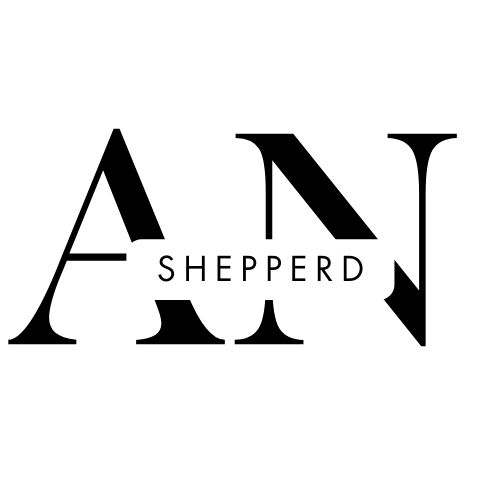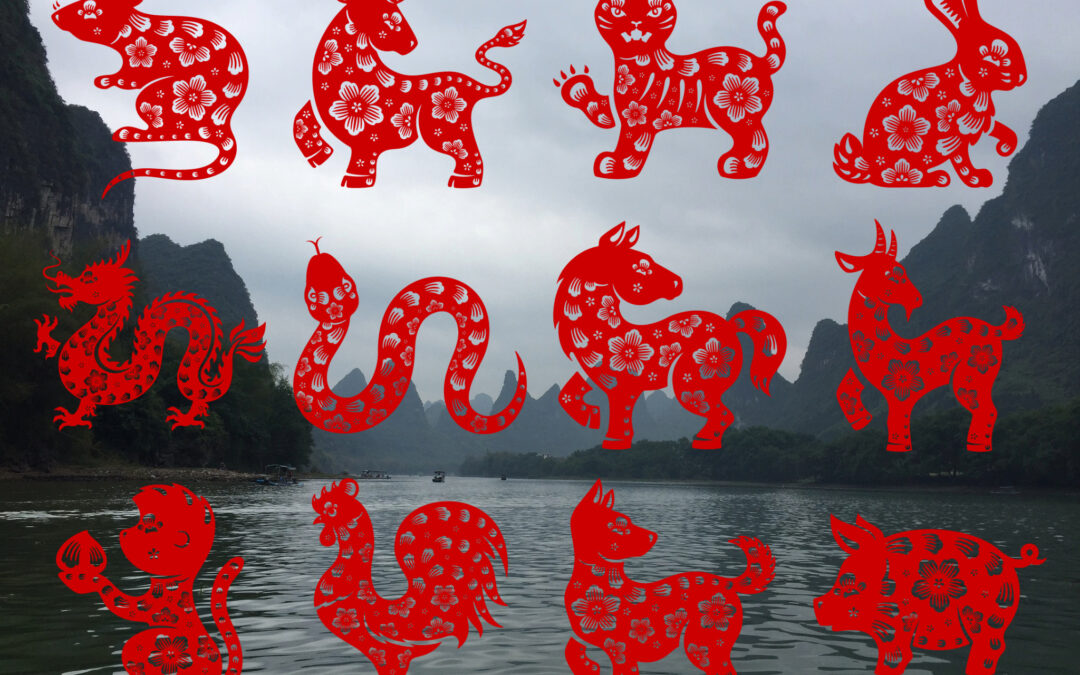One interesting aspect of Chinese culture is the alternative zodiac used in China. This is characterised by a set of 12 animals that follow this order: Rat, Ox, Tiger, Rabbit, Dragon, Snake, Horse, Goat, Monkey, Rooster, Dog, and Pig.
There is a 12-year cycle commencing with the start of the lunar new year in January or February each year. So, if you were born in 1984, the animal for that year is the Rat. It should be noted that the zodiac animals don’t carry the stigma or prejudice we have in the West towards certain animals. In the zodiac, they all have value and nobility.
The zodiac, or shengxiao (‘born resembling’), features these different animals’ described characteristics. It is believed that a person born in that year would have the characteristics of that animal.
The personality traits described have both positive strengths and negative aspects to be aware of. There is also detail about auspicious things, moments of good fortune, as well as dangers and how to minimise their impact.
There is also great detail about compatibility, both for business and romance.
It’s easy to look up your animal sign for your birth year, and your partner’s, and see how representative or inaccurate the description is. It’s quite fun to do. I usually find it uncannily accurate, both in terms of myself and those around me whom I get on well with, and also those I do not.
My very best friends and my wife are animals that are described as highly compatible in the shengxiao.
In China, it is not uncommon for single people to seek and partner with compatible animal signs for the best prospects of a happy, long married life together. Even in business, a management board may seek a new board member of a certain animal sign to ensure harmony and good functioning of the board, or if that animal is considered to have special good fortune, it might help business prospects.
Within the animal set, there is further refinement with the addition of the five elements of Chinese medicine: Wood, Fire, Earth, Metal, and Water. In medical terms, these represent different functions and parts of the body and ideally should be in balance and harmony for the health of the body. So, going back to our 1984 birth year example above, the Rat is in fact a ‘Wood’ Rat, with additional details to be discovered as a result.
In fact, the five elements go back beyond the zodiac and are rooted in ancient Taoism. Taoism is the ancient religion that holds that humans and animals should live in balance with the energies of the universe and is full of rich ancient literature and philosophy dating back to 500 BCE (BC) and before, collected in the work associated with the philosopher Lao Tzu, although often credited to earlier philosophers.
Some readers will be familiar with the black and white equally divided circle, or yin and yang. Here, opposite forces are supposed to be balanced to create harmony, e.g. Light and Dark, Hot and Cold. This perspective of balance manifests itself so much in Chinese daily life, perhaps most obviously and simply in food, e.g. very familiarly in ‘sweet and sour’ dishes, where the balance of opposites produces a very delicious taste.
Of course, modern Chinese citizens may adopt these beliefs with varying levels of application. For myself, I often found my Chinese companions very sincere in living out higher values and often prayerful when the opportunity presented itself.
This is very brief, and there are whole books on these topics, but it’s an interesting introduction to understanding some of the background beliefs in Chinese culture.

